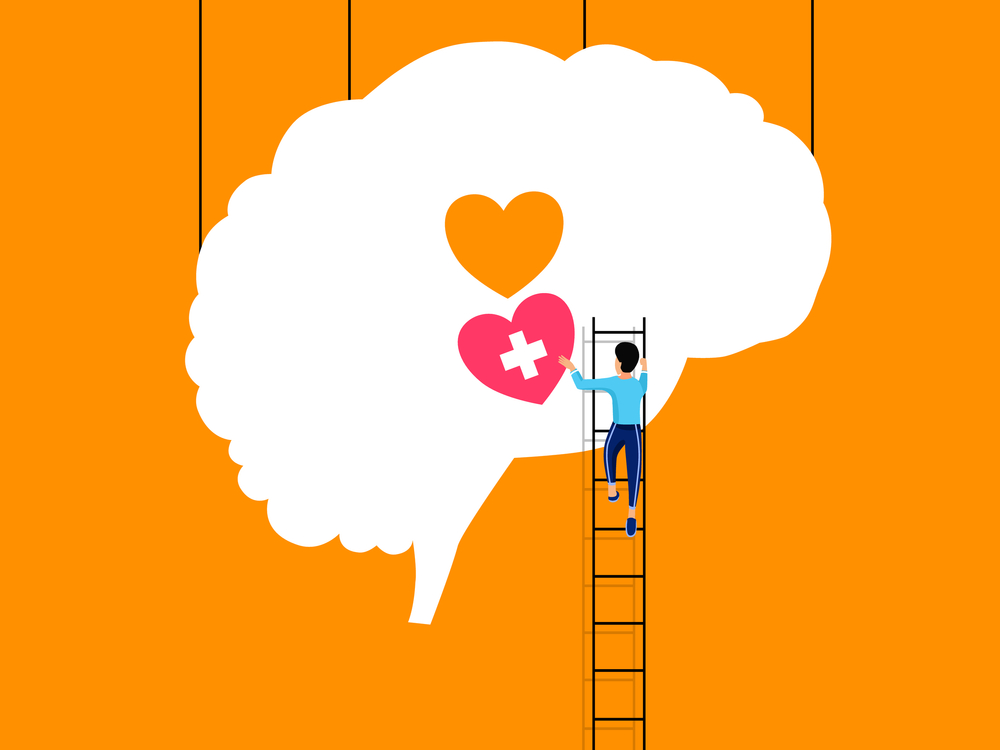Borderline Personality Disorder (BPD) is a serious mental health condition marked by emotional instability, intense interpersonal relationships, and distorted self-image. People with BPD often struggle to manage their emotions and impulses, leading to patterns of behavior that disrupt relationships and daily life. Understanding the key borderline personality disorder symptoms is essential for early recognition and timely support. With increased awareness and professional care, individuals with BPD can work toward emotional regulation and a stable life.
What Is Borderline Personality Disorder?
BPD is one of the ten personality disorders listed in the Diagnostic and Statistical Manual of Mental Disorders (DSM-5). It affects how people feel about themselves, relate to others, and behave. BPD typically begins in early adulthood and can affect various areas of life, including work, relationships, and mental well-being. Although it may seem overwhelming, BPD is treatable. With the right approach, including therapy, medication, and support, individuals can lead balanced and fulfilling lives.
Core Borderline Personality Disorder Symptoms
The hallmark borderline personality disorder symptoms include intense emotional shifts, fear of abandonment, impulsive behavior, and unstable self-identity. Below are the most common indicators of BPD:
1. Fear of Abandonment
People with BPD often have an intense fear of being left alone or rejected. This fear can result in frantic efforts to avoid real or imagined separation, including clinging to relationships, becoming overly dependent, or reacting strongly to minor changes in plans or tone.
2. Unstable Relationships
BPD is associated with intense and short-lived relationships. Individuals may alternate between idealizing someone and suddenly believing that person is cruel or doesn’t care. This push-pull dynamic often causes emotional exhaustion for both parties.
3. Identity Disturbance
A distorted or unstable self-image is common in BPD. People may struggle to define who they are, leading to sudden changes in goals, values, sexual identity, or friend groups. This confusion can impact life decisions and relationships.
4. Impulsive Behaviors
Those with BPD may engage in risky activities such as reckless driving, binge eating, substance use, unsafe sex, or overspending. These behaviors are often impulsive and intended to escape emotional pain or emptiness.
5. Emotional Instability
Rapid mood swings are one of the core borderline personality disorder symptoms. A person may shift from happiness to sadness, anger, or anxiety within minutes or hours. These emotional reactions are often intense and disproportionate to the situation.
6. Chronic Feelings of Emptiness
Many people with BPD report feeling empty or hollow inside. This feeling can be constant or triggered by situations where they feel unsupported or disconnected from others.
7. Inappropriate Anger
Explosive anger, frequent temper outbursts, or chronic resentment are signs of BPD. Even small frustrations may result in intense rage or bitterness that the person has difficulty controlling.

8. Paranoia or Dissociation
Under stress, individuals with BPD may experience paranoid thoughts or feel disconnected from their thoughts, identity, or surroundings—a phenomenon known as dissociation. These experiences can last from a few minutes to hours.
Causes and Risk Factors
While the exact cause of BPD isn’t known, a combination of genetic, neurological, and environmental factors contributes to its development. Traumatic childhood experiences, such as abuse, neglect, or abandonment, are common among those diagnosed. Brain imaging studies suggest irregularities in areas responsible for emotion regulation and impulse control. Additionally, a family history of BPD or other mental illnesses increases the risk. Recognizing these factors can help in early intervention and preventive care.
Getting Help and Treatment
BPD can feel isolating, but help is available. Treatment typically includes psychotherapy, with Dialectical Behavior Therapy (DBT) being one of the most effective approaches. DBT teaches emotional regulation, distress tolerance, interpersonal effectiveness, and mindfulness. In some cases, medications are prescribed to manage mood swings or co-occurring conditions like depression or anxiety. In India, centers such as VIMHANS and Fortis Mental Health provide specialized care for BPD. If you or a loved one is experiencing symptoms, don’t hesitate to contact us for support and guidance.
Living with BPD: Self-Care and Support
Managing BPD requires ongoing self-awareness and support. Regular therapy, maintaining a structured routine, avoiding substance use, and practicing relaxation techniques like yoga or meditation can significantly help. Building a support network of understanding friends and family can ease emotional challenges. Support groups, both online and offline, provide a sense of community and reduce feelings of isolation.
Final Thoughts
Understanding borderline personality disorder symptoms is the first step toward healing. Though it presents unique challenges, BPD is manageable with the right treatment, compassion, and resilience. If you or someone you know shows signs of BPD, know that help is available, and recovery is possible. Prioritizing mental health can transform lives—and it starts with awareness and support.
Learn more about mental health through our related content, designed to support your journey toward understanding and healing.
Understanding the Different Types of Mental Disorders
Recognizing the Symptoms of Mental Illness: A Guide to Early Awareness

